Along with Versailles, the Marly Royal Estate is the great construction of Louis XIV. Although not much remains of this 17th century castle today, a landscaped park and a fascinating museum allow visitors to immerse themselves in this domain, which was once dedicated to festivals, walks and hunting. Let’s follow in the footsteps of Louis XIV’s vanished palace.
Summary
The history of the Marly castle
It was in 1679 that Louis XIV created the estate of Marly. Located 7 km from Versailles and close to the castle of Saint-Germain-en-Laye, Marly was for the king a place of relaxation and solitude far from the court and its rigid etiquette.
In contrast to Versailles, the residence of Marly is a hidden, almost secret place, situated in a deep valley and which could only be discovered when the doors of the estate were opened. In contrast to traditional palaces, Marly was organised on a split plan: around a large central pavilion for the King and his family were twelve smaller pavilions for the guests, like planets around the Sun. Around the royal pavilion, four service pavilions were dedicated to the guards, the chapel and the services. Two of these were later converted to house the Coronelli Globes.

Jules Hardouin-Mansart, the architect of the Hall of Mirrors and the Grand Trianon, was entrusted with the creation of this little wonder. The work was spread over five years and it was in 1686 that the king made his first stay there.
“Sire, Marly!”
Marly was a little gem away from the hustle and bustle of the court. Around the various pavilions were gardens, ponds with water features and numerous sculptures. Louis XIV stayed there for periods of a few days, accompanied by a few hand-picked courtiers. It was a great privilege to be invited to these stays, the “Marly”. In Versailles, many people would whisper in the king’s ear the plea “Sire, Marly”, hoping to be on the next trip!
“I made Versailles for my court, Trianon for myself and Marly for my friends” – Louis XIV
In the Domaine de Marly, etiquette was relaxed and left more room for entertainment. Concerts, balls, snacks, games, escarpolette…. were the rhythm of Marly!
What remains of the Domaine Royal de Marly?
As Louis XIV grew older, he spent more and more time at Marly to escape the court.
“In the end, the King, tired of beauty and crowds, persuaded himself that he sometimes wanted smallness and solitude.” – Memoirs of the Duke of Saint-Simon
Louis XV and Louis XVI went there in their turn, but Marly lost its prestige and was sometimes preferred to small castles. The death knell came during the Revolution, when several pieces of furniture were sold and the sculptures dispersed. In 1803, the estate was sold to an industrialist who wanted to turn it into a spinning mill and a cloth factory. Unfortunately, this venture was not a success and he turned what was left of the estate into a stone quarry. Napoleon bought the estate in 1811 to make it a hunting estate. Classified as a Historic Monument since 2009, the estate is now managed by the Public Establishment of the Versailles palace.
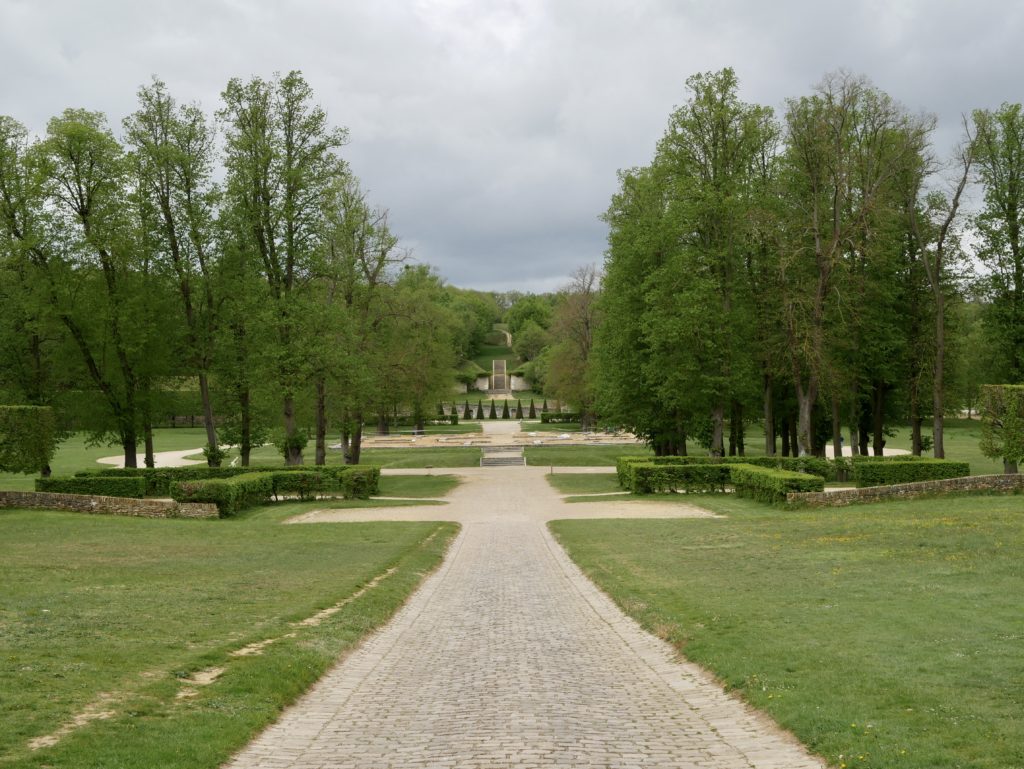
Walking around the estate, it is still possible to imagine what the place was like in the time of Louis XIV: the locations of the pavilions and certain groves are still visible, as well as copies of some statues. You can also admire the originals in the Louvre, in the famous Cour Marly. Coronelli’s globes are on display at the BnF on the François Mitterrand site.
The Museum of the Royal Estate of Marly
To better understand what the Royal Estate of Marly was like, a brand new museum welcomes you and invites you to slip into the shoes of one of the King’s courtiers, participating in one of these “Marly” events. This museum offers a real key to understanding what the Domaine de Marly was like at the time of Louis XIV, thanks to plans of the Domaine, numerous works of art originally present in the various pavilions, as well as an augmented reality reconstruction that allows you to rub shoulders with the King and become aware of the splendour of the place!

It also focuses on the Marly Machine, a titanic structure that has now disappeared and was designed to pump water to the pools of Marly and Versailles. Today, the aqueduct remains from this machine, which you can see when you come to the museum.
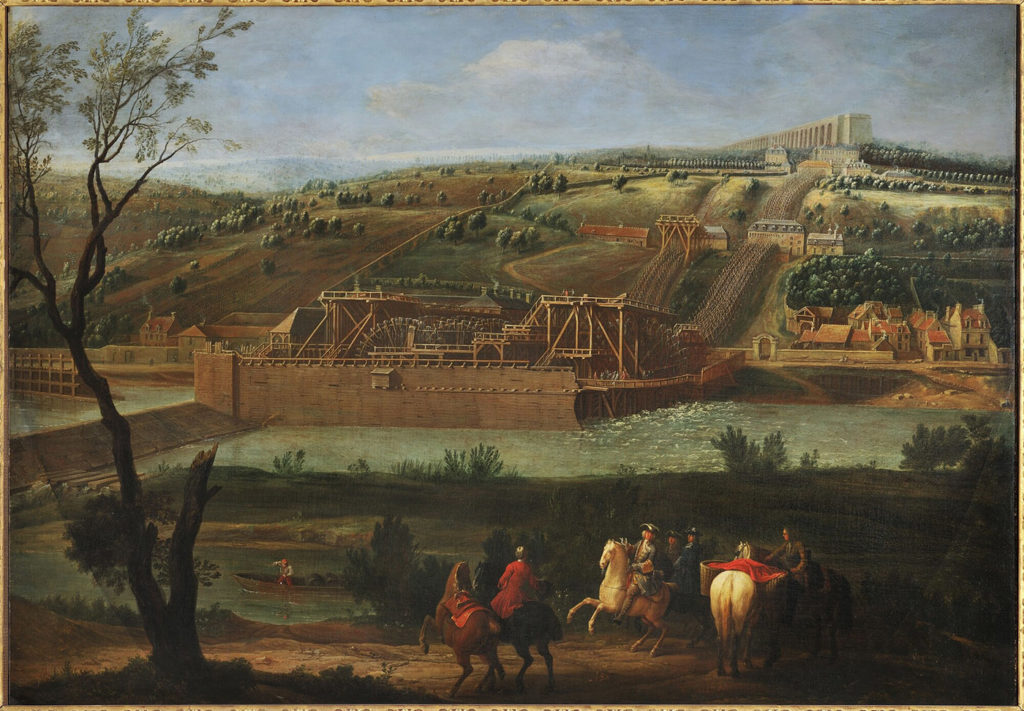
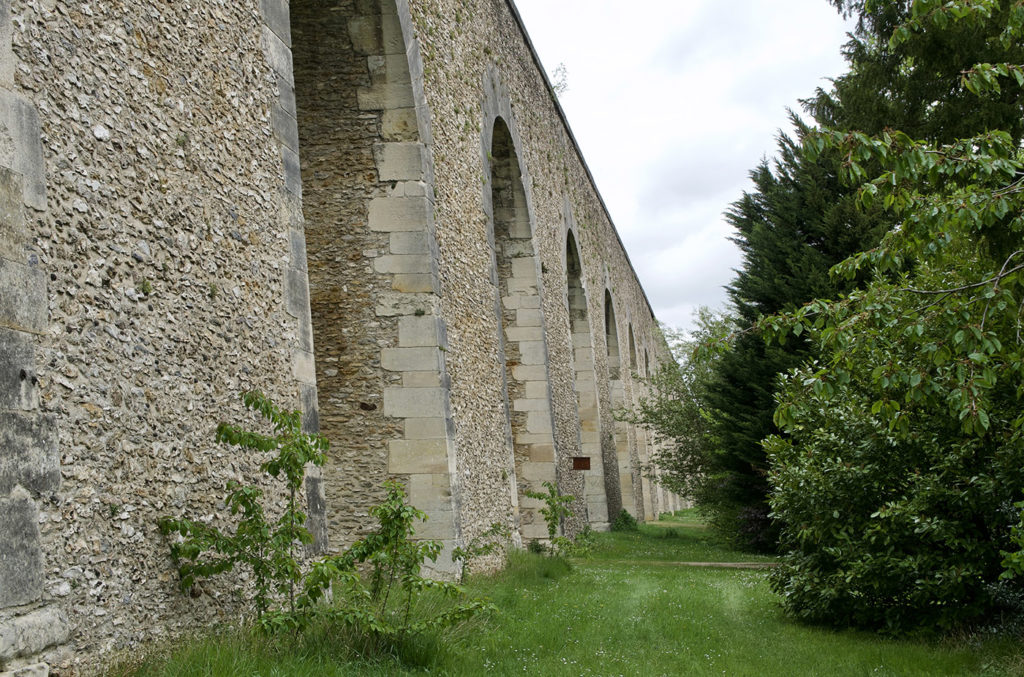
I strongly encourage you to go and discover this museum built on a human scale and endowed with a beautiful collection. For me, it is a must-see before a walk in the Domaine Royal to get a better idea of what was here a few centuries ago.
Domaine Royal de Marly museum
7 € full price, 5 € for under 26s, free for under 12s
Opening times vary according to the season, see the museum website:
https://musee-domaine-marly.fr/
What to see around Marly
Visit the town of Marly-le-Roi
Take advantage of your visit to the Domaine Royal to discover the charming town of Marly-le-Roi, which is located right next door and bears the traces of Louis XIV’s reign.
The Saint-Etienne-Saint-Victor church was financed by the King and designed by Jules Hardouin-Mansart in 1688. Inside, you will see several elements from the former chapel of the Château de Versailles, including the particularly imposing marble altar. It was in front of this altar, in Versailles, that Louis XIV secretly married Madame de Maintenon. Also worth seeing are the remarkable stained glass windows.
The town hall is also linked to Louis XIV as it is located in the former kennel of the Sun King. I also recommend you to visit the Maillol garden, a secret place hidden in the middle of houses which makes it calm and relaxing.
Where to have lunch in Marly-le-Roi?
To enjoy the Domaine and if you want to have a picnic, it is better to anticipate and prepare your picnic in advance.
If you want to take time for lunch, I recommend the restaurant “Au vieux Marly” which offers traditional but tasty cuisine.
Follow in the footsteps of the painters
Several painters have stayed in Marly or Louveciennes: Pissarro had a house there, Turner and Sisley captured the surrounding landscapes in their paintings and Elisabeth Vigée Le Brun came there to paint a portrait of Madame du Barry.
Having fallen in love with the charm of Louveciennes, Vigée le Brun bought a house there in the 1810s to escape to the countryside in the good times “The big cities kill me, the great roads cure me” – she used to say. She spent 32 years here, alternating with Paris. Today, the Louveciennes cemetery houses Vigée le Brun’s tomb, decorated with a touching epitaph: “Here, at last, I rest”.
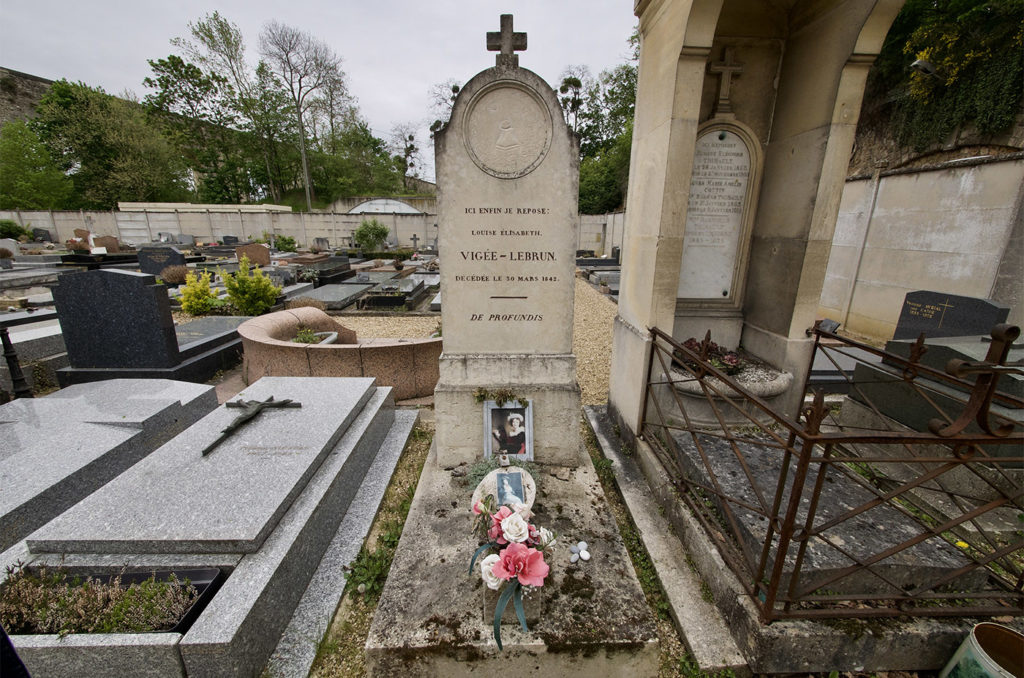
To (re)discover the paintings of some of these painters, I recommend that you follow one of the Impressionist paths. These are walking itineraries that allow you to discover several points of interest while discovering reproductions of paintings positioned in front of the landscape they represent – More informations
Visit Saint-Germain-en-Laye
Just a stone’s throw from Marly, Saint-Germain-en-Laye is an ideal destination for a cultural getaway. Did you know that it is home to the largest archaeological museum in Europe, that 29 kings have passed through here and that Louis XIV was born here? In other words, Saint-Germain is not short of history!
ALSO READ : Saint-Germain-en-Laye, a cultural getaway at the gates of Paris
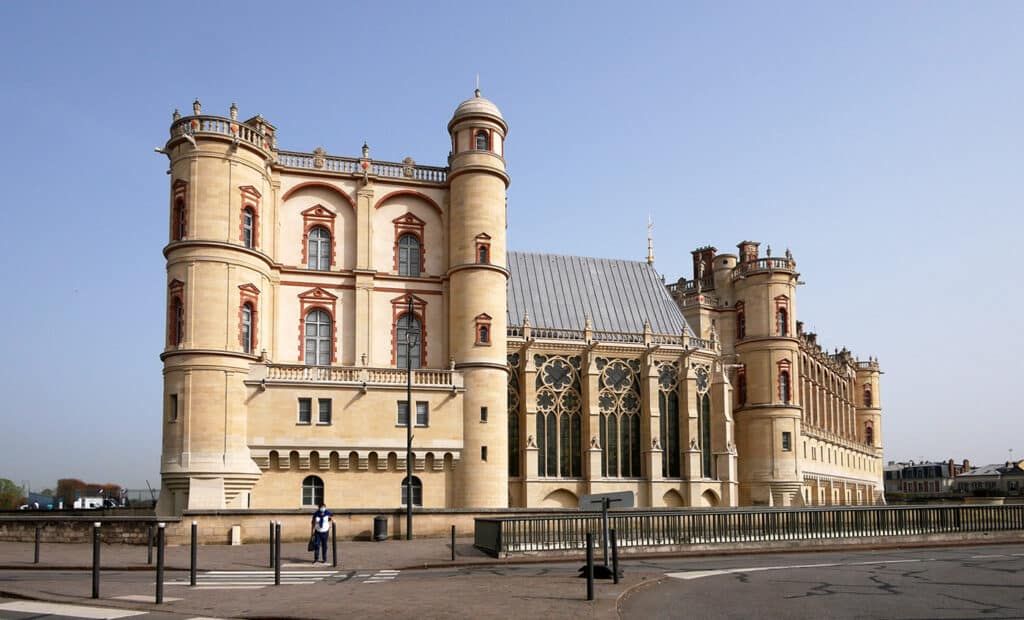
How to get to Marly-le-Roi?
From Paris and the Saint-Lazare train station, simply take the L line and get off at Marly-le-Roi. You will arrive in the town centre and need to walk about 500m to reach the Domaine National.
To visit the Domaine Royal museum, get off at Louveciennes, whose station is also accessible on the L line.
To help you find your way around, here is a map with the various points of interest indicated in this article:
Enjoy your visit!
Article produced in collaboration with the Saint-Germain Boucles de Seine Tourism Office – Many thanks to Emilie and Béatrice for their welcome and their fascinating explanations!

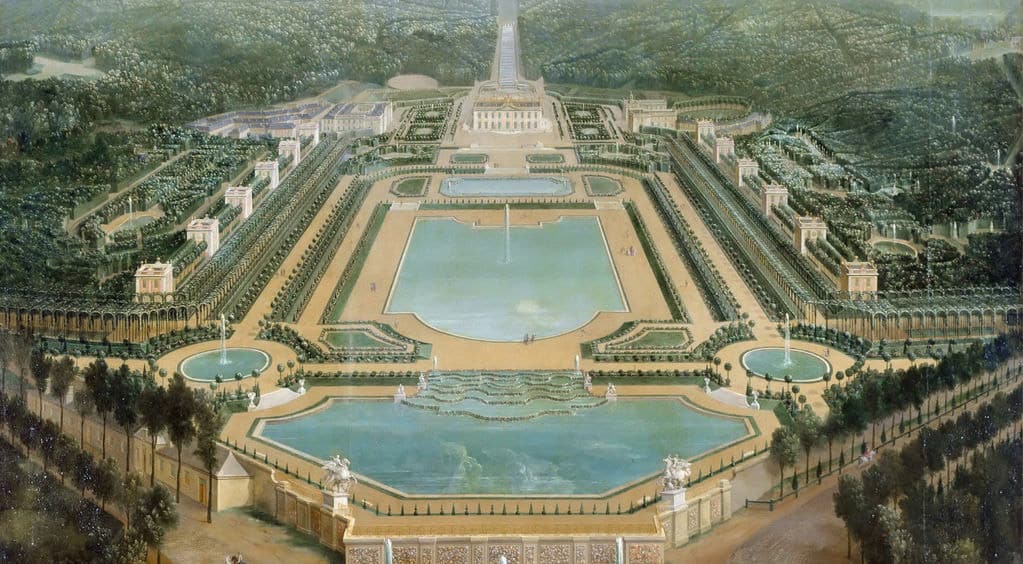


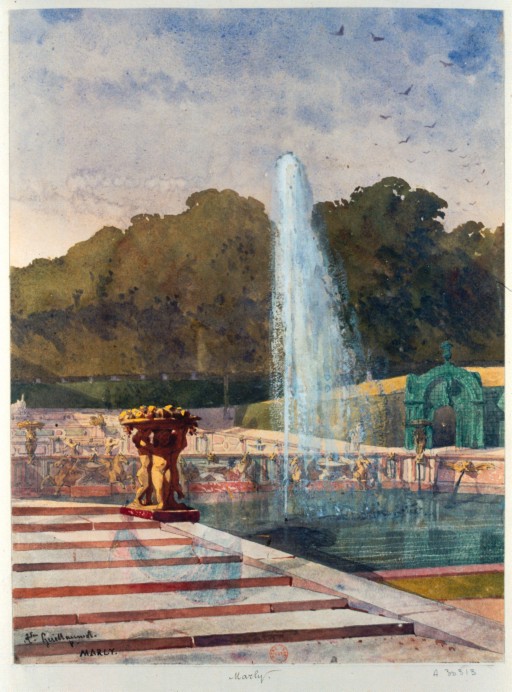


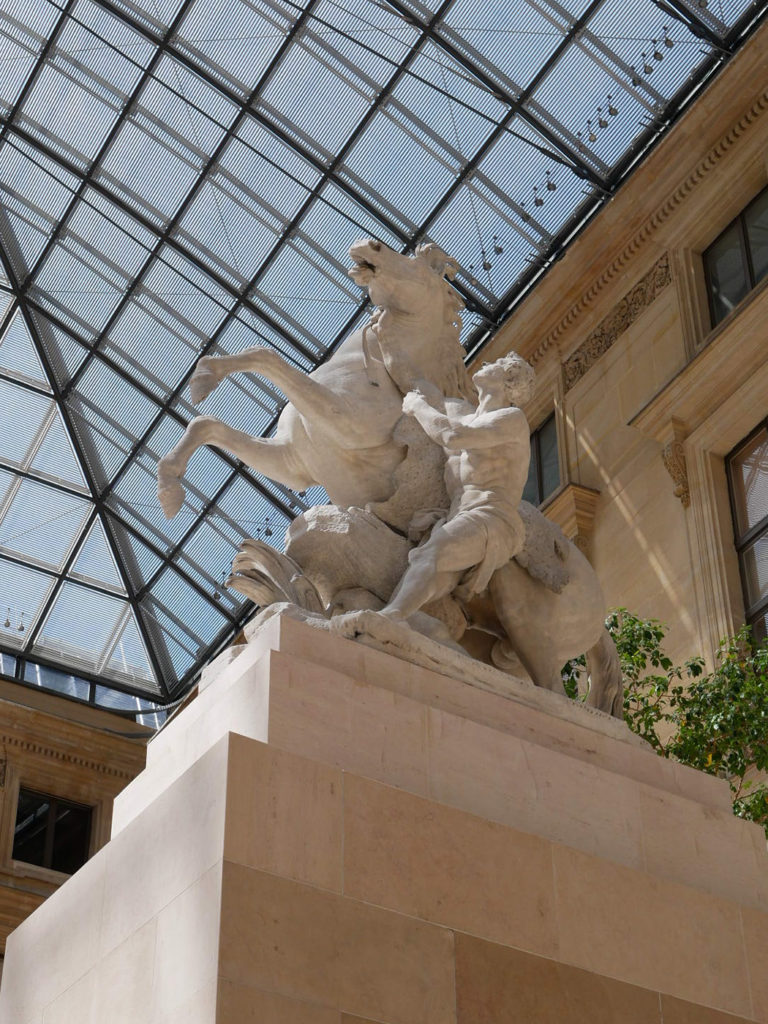

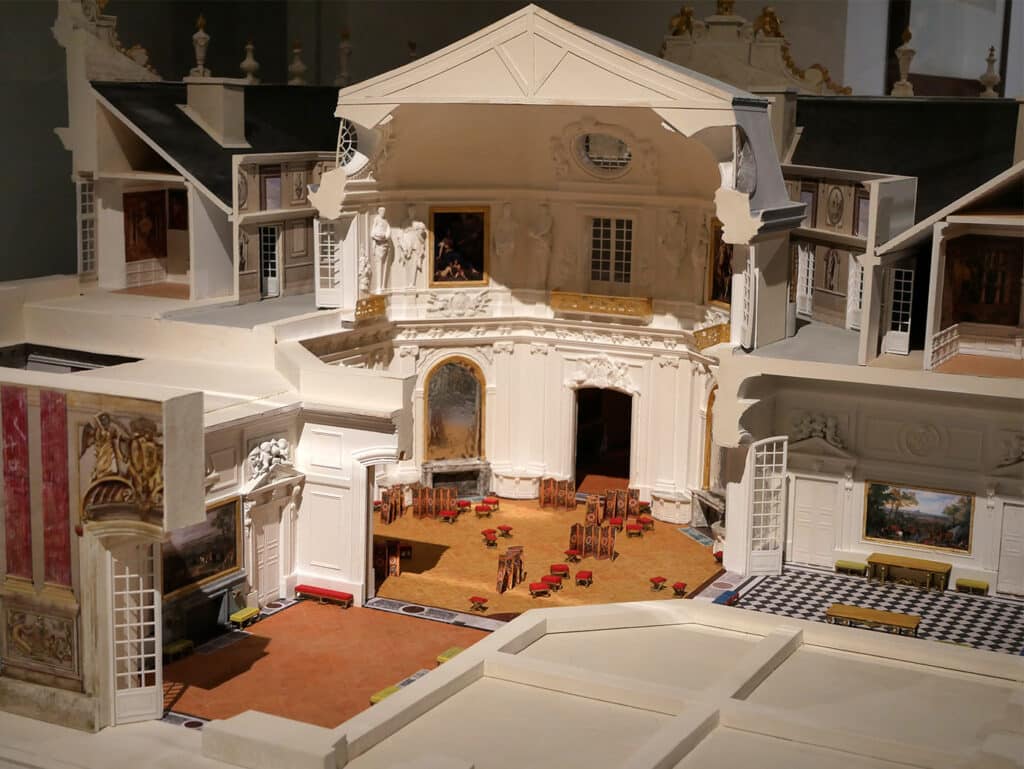
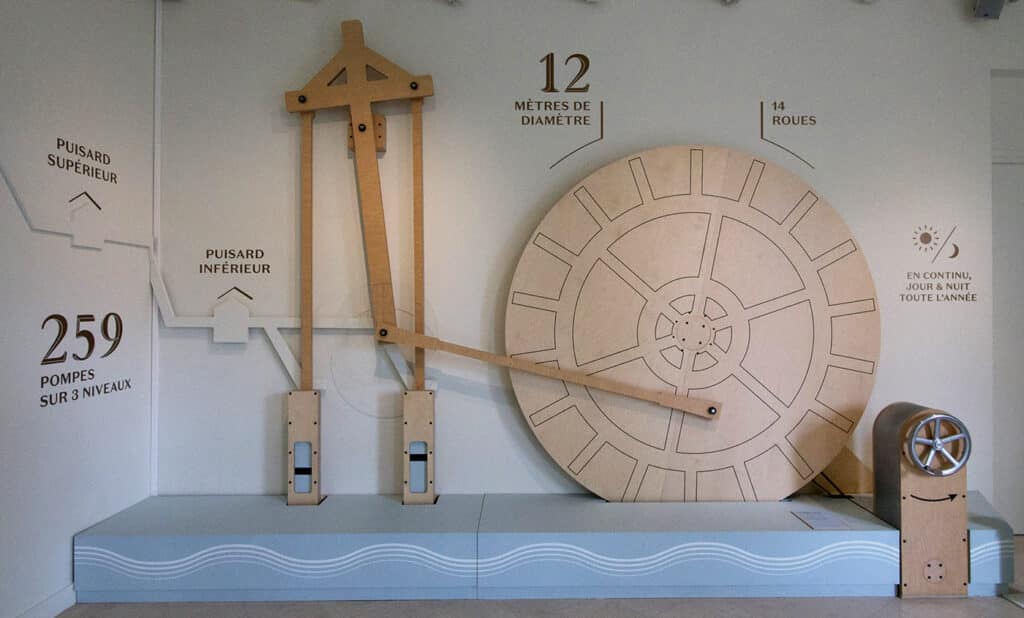
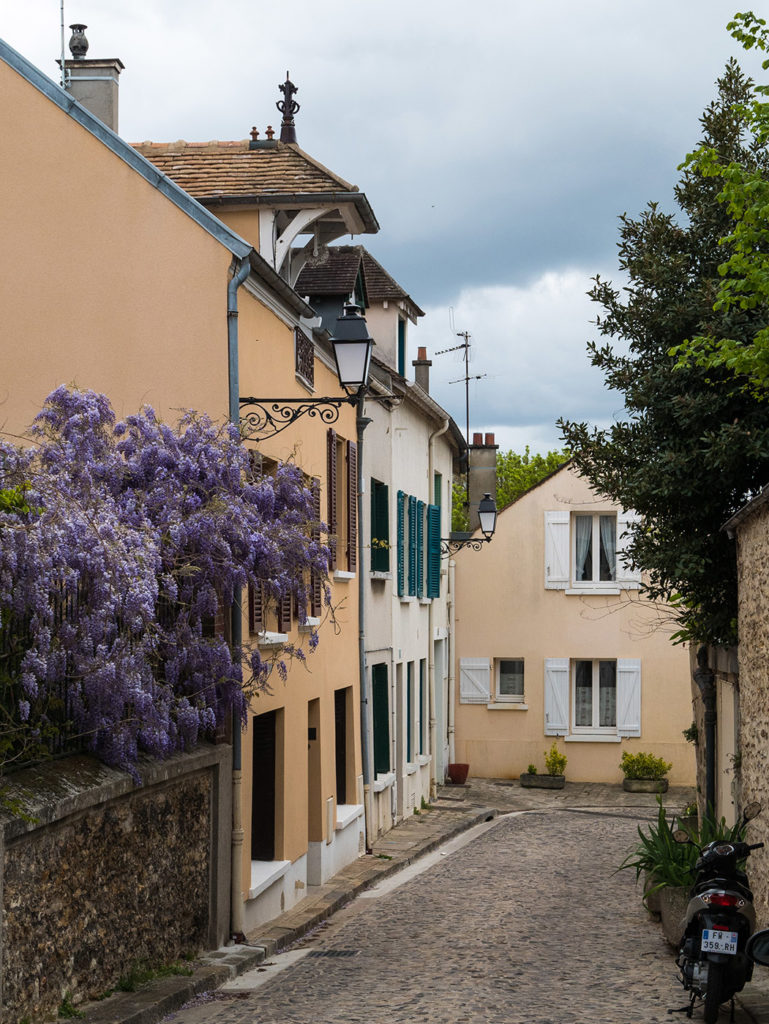
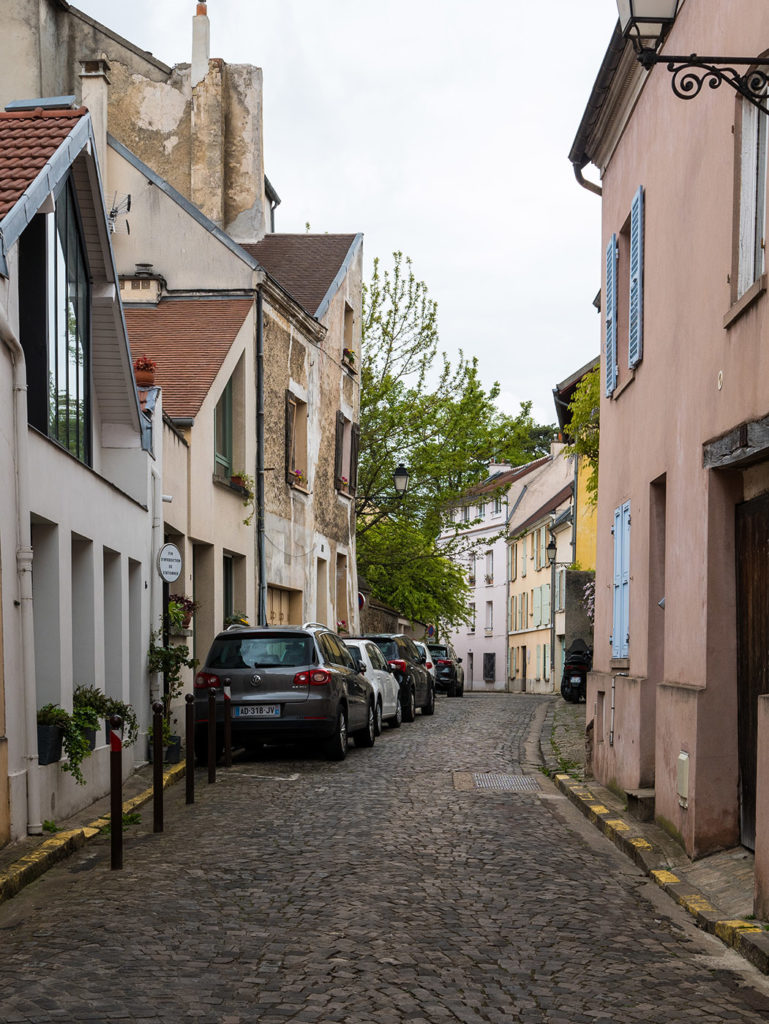
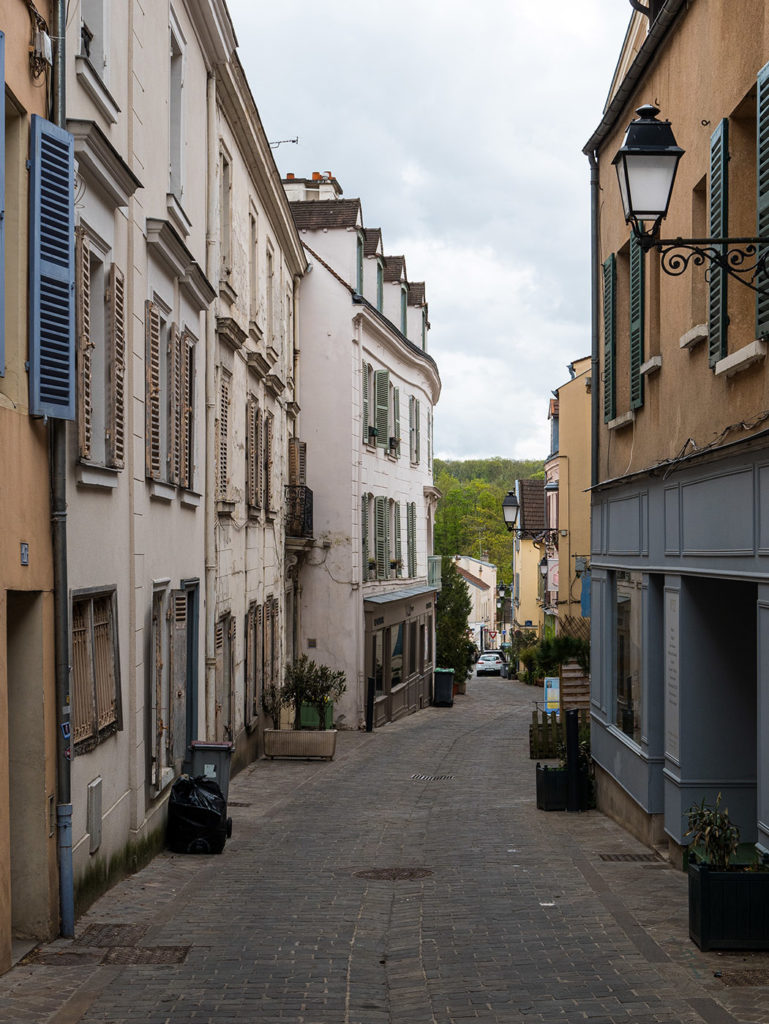

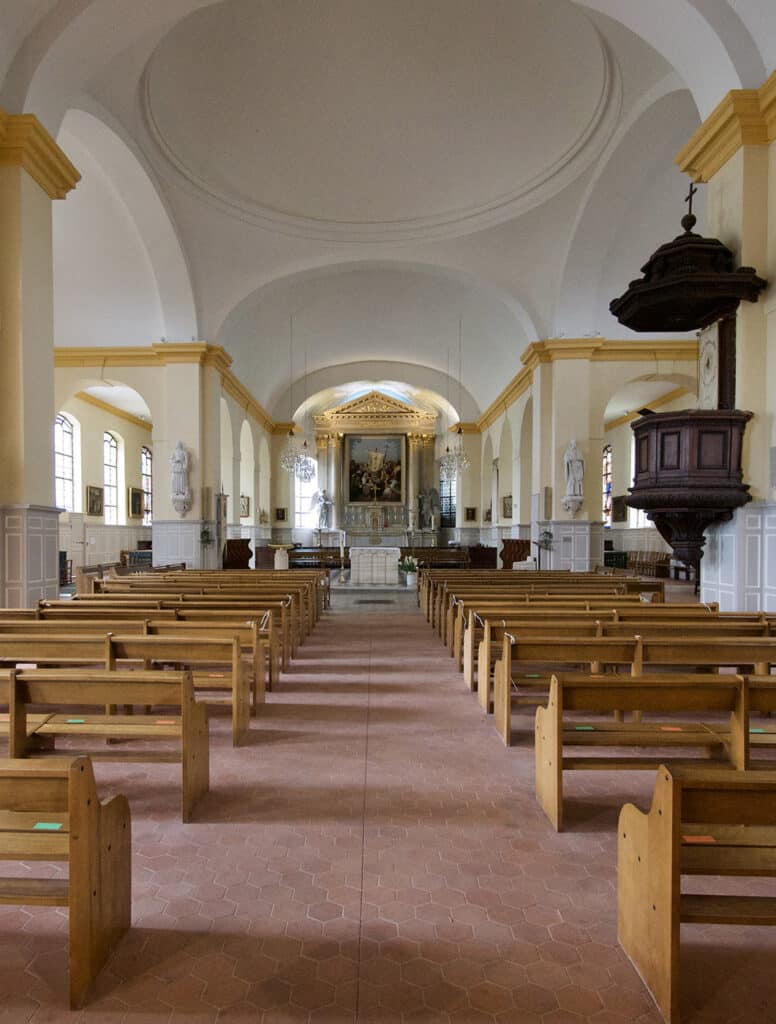
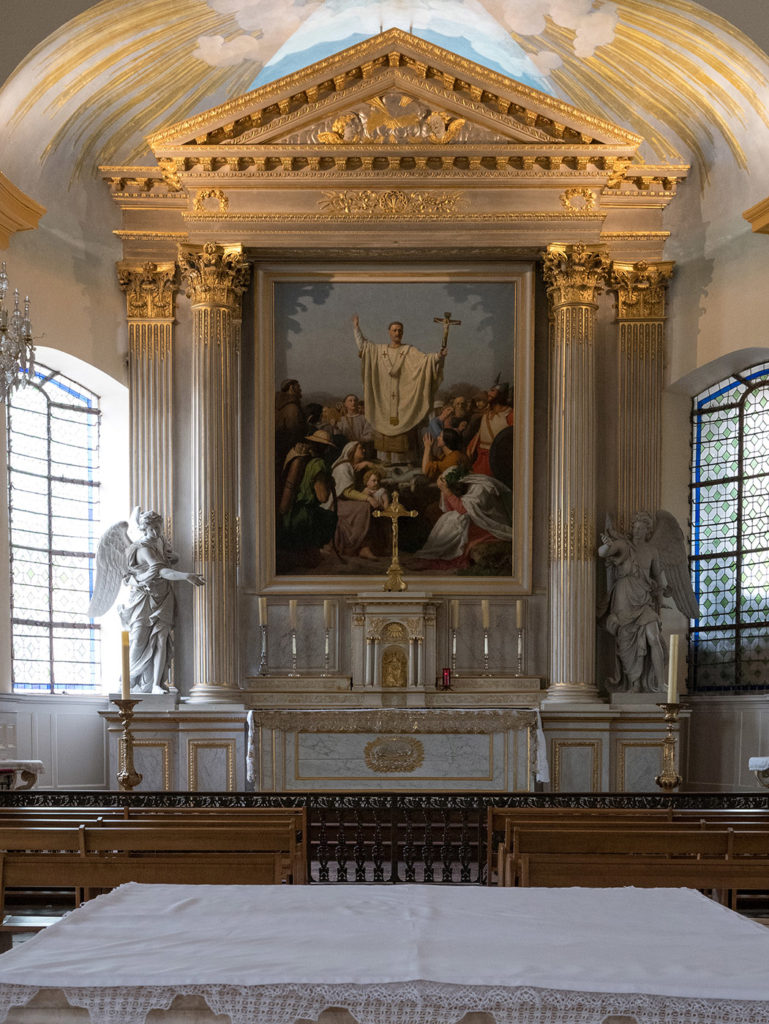
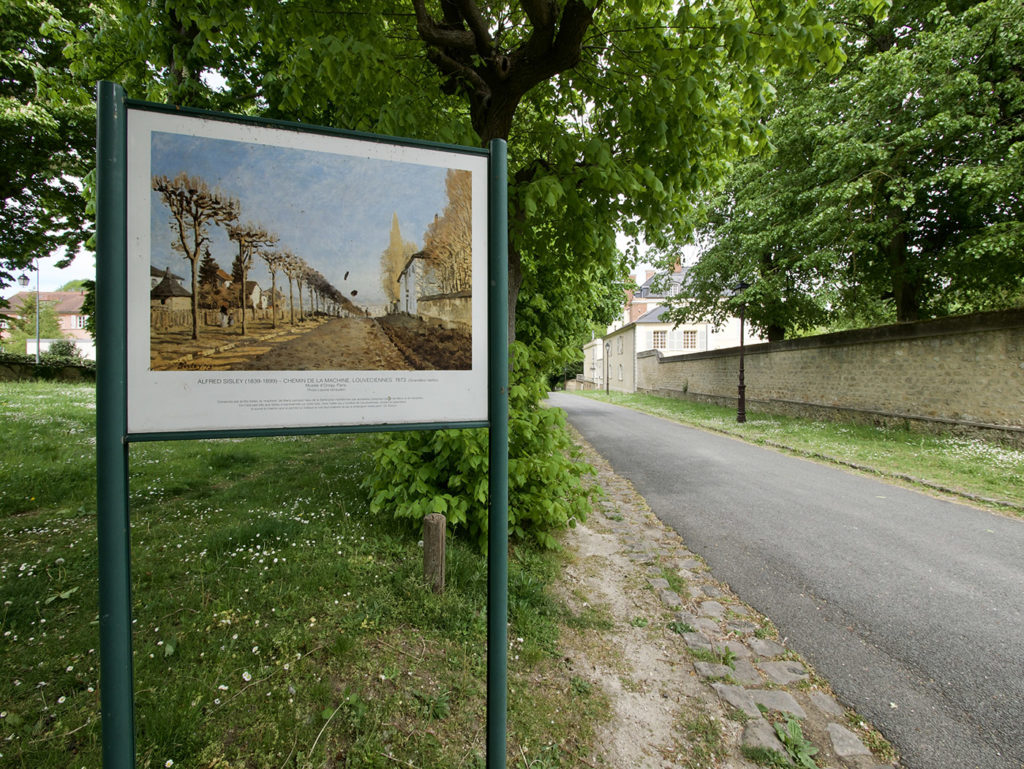



No Comments
Leave a comment Cancel